
A confession: I spend more on cell phone upgrades than gardening supplies. I don’t even like talking on them, but it sure is compelling to buy the latest mobile tech immediately. Farming is great in a theoretical sense, but there are some practical problems: I like sleeping until noon and traveling more than getting up before the crack of dawn every day to feed the chickens and water the plants.
Fortunately for us, applying a little bit of tech to food creation can more than offset our modern, lazy ways. Here are 10 ‘buy-now’ projects to help you produce your own food, with a total cost of less than the price of the new iPhone.
Chickens

They arrive in the mail as day-old chicks, which just might be the cutest package you’ll ever receive. Go pro by housing them in a chicken tractor, a great way to fertilize and till your garden. You know what’s much more effective than following your town’s rules on chickens? Giving eggs to your neighbors.
Sprouts

Transform cheap seeds into nutrient-dense sprouts. Here are instructions for a variety of seeds. Change the water a few times a day for about a week, and you can stop worrying about the salmonella risk of factory sprouting.
Garden Up
$160.

Housing went vertical, but farms forgot to grow up. The sexiest gardens are zero square feet. Existing commercial systems are decent but overpriced; buy the same material and make your own.
Hydroponics
$80+.
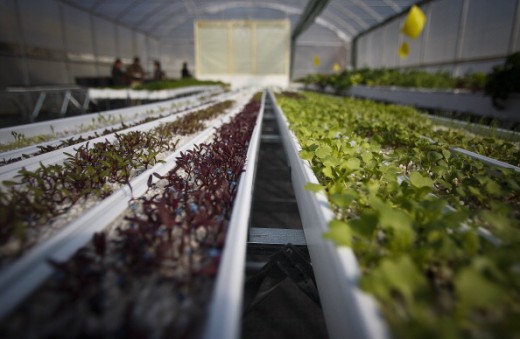
Using less nutrients and water to (debatably) produce higher yields, growing without dirt provides plenty of opportunities to geek out about nutrient levels, ph, EC, etc. Don’t let this stop you from getting started: it matters to optimize, but plants are pretty robust. DIY systems abound.
Oyster Mushrooms
$24.

The same guy who talks about mushrooms saving the world sells ready-to-grow kits. I left my box sitting on the fridge, never watered, for a month; it spontaneously grew a foot-tall mushroom.
Composting Toilet
$20.
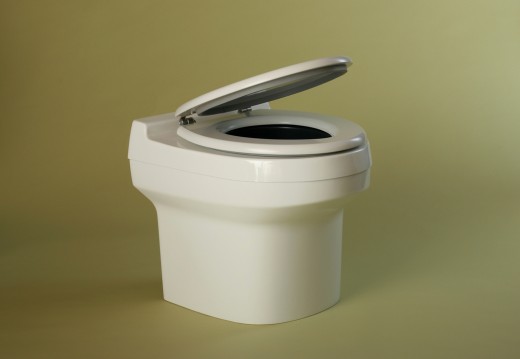
We’re flushing away ideal nutrient mixes for plants, along with clean water, every time we use the facilities. Not for the meek, a DIY composting toilet uses no water and results in a carbon-nitrogen-balanced mix ready to compost. Ready-to-print usage instructions here (pdf); I use biochar instead of sawdust.
Rainwater Storage
$61.

Catch it and water your plants (and you, if you have a metal roof). Very approachable and modular to build your own, whether 25 or 2500 gallons.
Homebrew
$10.
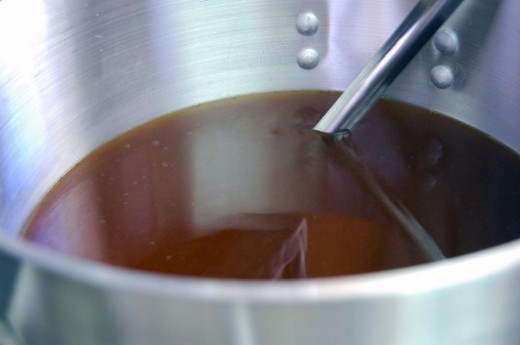
1 Gallon apple juice + 1 cup sugar + some bread yeast with a balloon + holes covering the top = a drinkable cider you’ll wish you’d discovered in high school. Get fancier to your heart’s content; I particularly like clone kits.
Still
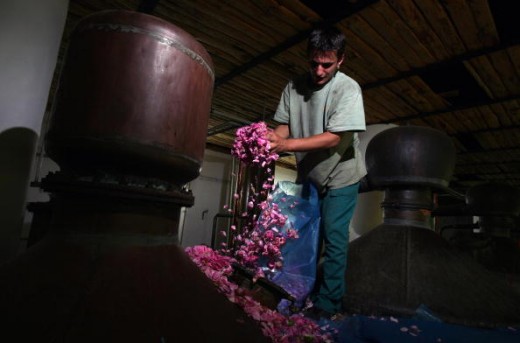
Simplest setups are little more than hot plates, tea kettles, and copper tubing. Fanciness abounds. You’re probably not going to go blind, but you probably will get arrested.
Do groundbreaking research
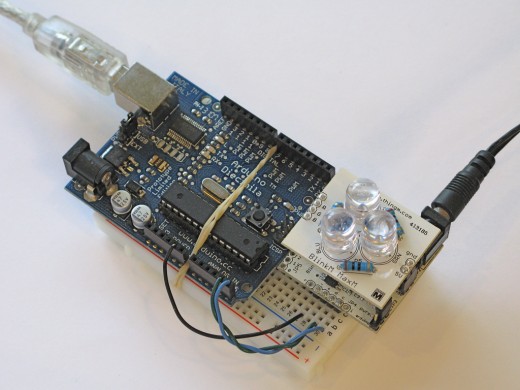
Mikey and Wendy’s temperature-controlled fermenting, Eric’s web-connected aquaponics, Marcin’s tractor: the internet has almost as many DIY, open-source sustainability geeks as it does cats. Physical computing tools and a willingness to tinker let anybody do fundamental research into how food actually grows. By the way, we just learned that plants appear to talk to each other.
Total cost: $655, or $44 less than a non-contract iPhone.
Payback period should be less than a year (via savings in food and drink), and your homestead will be significantly sexier than a Zynga-Warcraft collaboration that lets you grow virtual food in Pandaria.
Yeah, it’s just an intro kit that’ll give you some low-quality results: the cider is more Zima than Ace. But isn’t that more worthwhile than paying to have a slightly-smaller gadget that gives you lower-quality directions?
Image Credits: China Photos/Getty Images, AFP/Getty Images, Niall Napier, Patricia de Melo Moreira/Getty Images, Rafal Kiermacz, Sustainable Sanitation, Earthworm, Carmen, Tod Kurt
Get the TNW newsletter
Get the most important tech news in your inbox each week.




